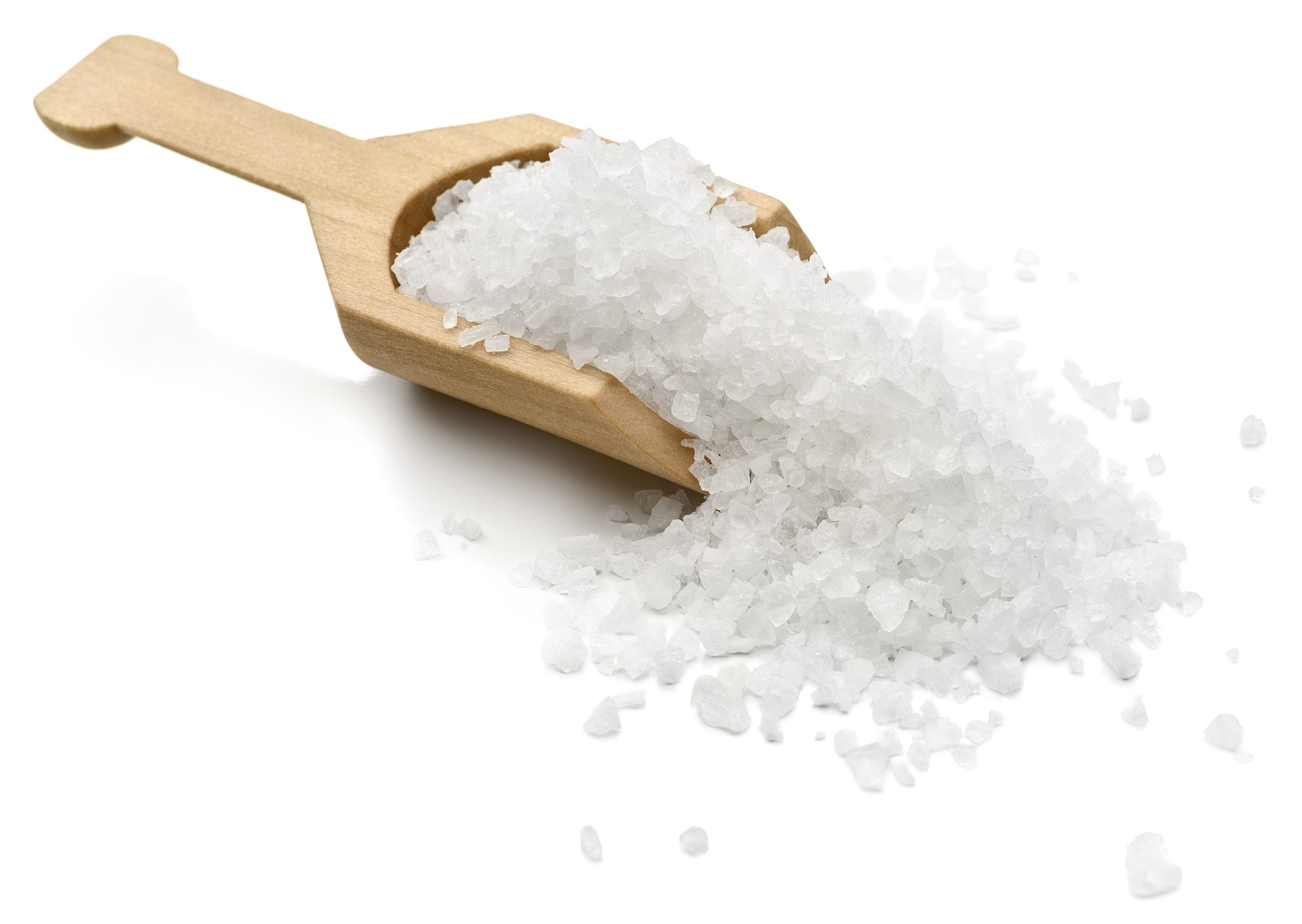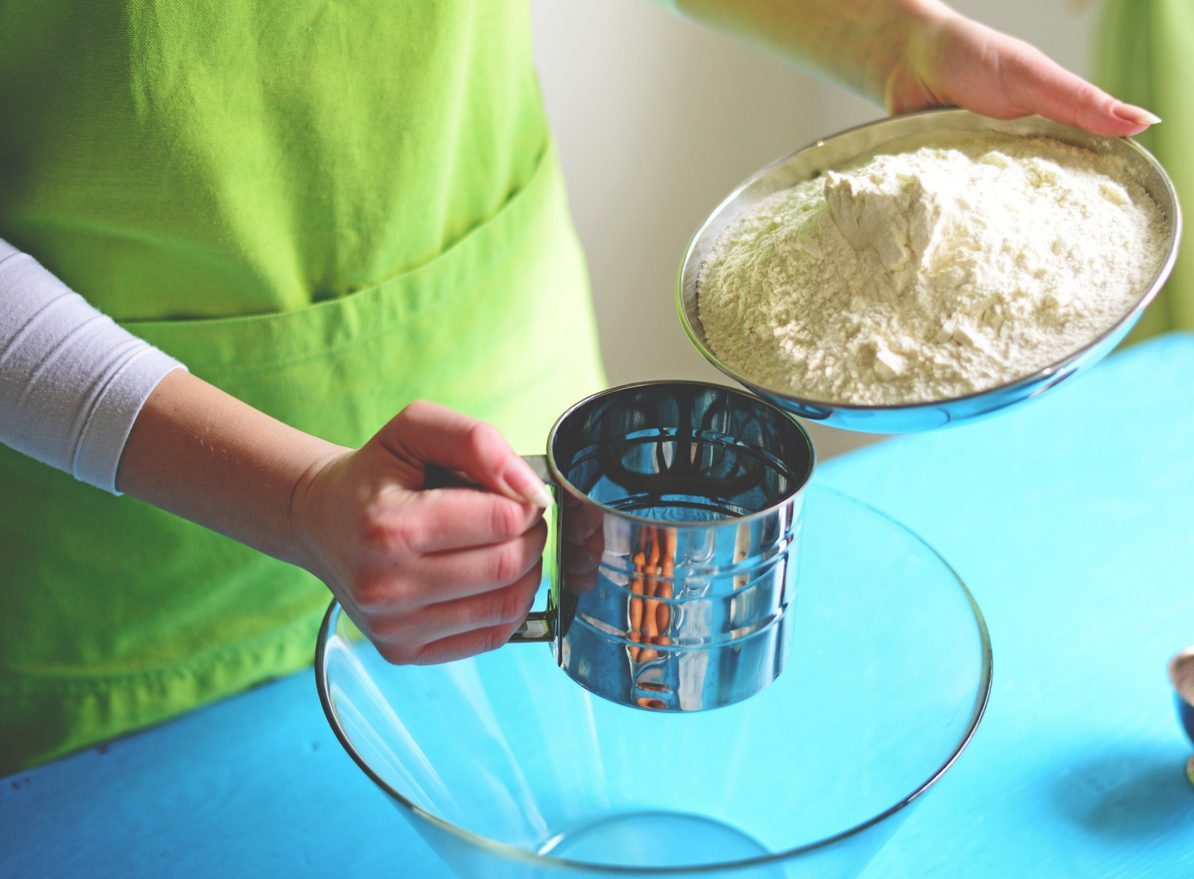What is a Bain-Marie and What is It Used For?
The bain-marie is a gentle cooking technique using a water bath to evenly distribute heat, ideal for delicate dishes such as custards, cheesecakes, and sauces to prevent curdling or cracking. When a bain-marie isn't available, alternatives like using a pan of water in the oven, a double boiler, or cooking at low oven temperatures can offer similar gentle cooking effects, ensuring sensitive ingredients are perfectly prepared.

In the realm of culinary arts, mastering various cooking techniques is what transforms a good chef into a great one, allowing for a nuanced approach to a wide range of ingredients. Among these techniques, the bain-marie stands out for its ability to create exceptionally delicate sweet and savory dishes. This gentle cooking method, steeped in tradition, offers a controlled environment that is essential for achieving perfect textures and flavors without the risk of overcooking or curdling.
What is Bain-Marie?
A bain-marie, also known as a water bath, involves cooking a container of food within another larger container filled with hot water. This method ensures that the heat surrounding the food is moist and evenly distributed, preventing the direct harshness of stove or oven heat. The water bath's steady temperature provides a gentle cooking process, ideal for ingredients and preparations sensitive to sudden temperature changes.
What Does it Do and When Can You Use It?
The primary function of a bain-marie is to moderate the cooking environment, making it indispensable for dishes that demand precision and care. It's particularly favored for:
- Custards and creams, because it prevents the eggs from scrambling and ensures a smooth, even consistency.
- Cheesecakes and flans, because it helps to cook evenly without cracks or splits in delicate desserts.
- Melting chocolate, because it allows the chocolate to melt uniformly without seizing or burning.
- Sauces like Hollandaise and Béarnaise benefit from the indirect heat to prevent separation, as they're really delicate preparations.
By mitigating the risk of overheating, a bain-marie ensures that even the most fragile ingredients can be cooked to perfection, retaining their desired texture and flavor profile.

Alternatives to Bain-Marie
While a bain-marie is a preferred method for many recipes, there are alternative techniques that can be employed when this setup isn't feasible., For example, for baking, placing a pan of water on the bottom rack of the oven can create a humid environment, mimicking the effect of a bain-marie. This method is useful for cheesecakes or custards that require indirect heat without direct water contact. For melting chocolate or cooking custard on a stovetop, on the other hand, a double boiler can serve as an effective alternative. This setup involves a pot of simmering water with a bowl set on top, ensuring that the bowl's contents are heated gently by steam rather than direct flame. Finally, some dishes can be cooked directly in a low-temperature oven, provided the temperature is carefully controlled and the cooking time is adjusted. This method works well for slow-cooked custards or terrines.
;Resize,width=767;)

;Resize,width=712;)
;Resize,width=712;)
